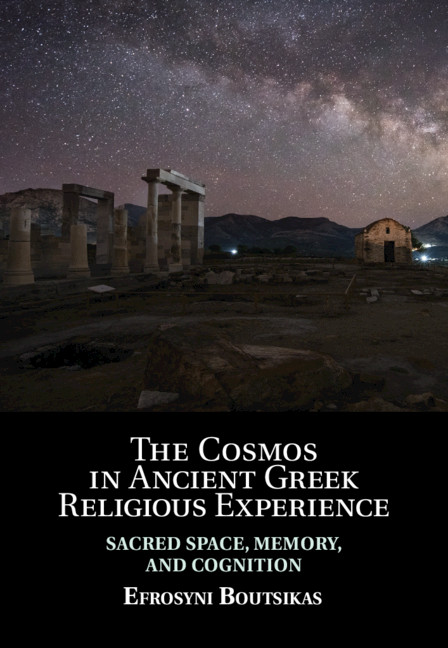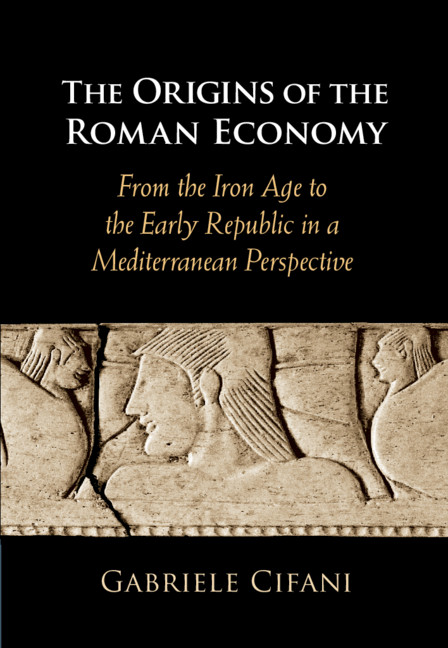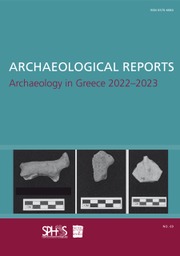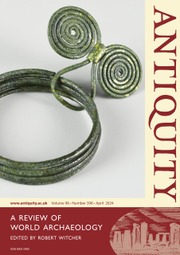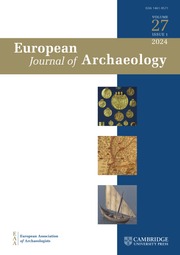The Archaeology of the Cyclades in the Roman and Late Antique Periods
The Cycladic islands have traditionally been considered as backwaters during the Roman and Late Antique periods. Through analysis of the material culture produced from the late first century BCE through to the seventh century CE, however, Rebecca Sweetman offers a fresh interpretation of Cycladic societies across this diachronic period. She demonstrates that the Cyclades remained vibrant, and that the islands embraced the potential of being part of wider political, economic and religious networks that were enabled as part of the Roman Empire. Sweetman also argues that the Cyclades were at the forefront of key social developments, notably, female social and physical mobility, as well as in the islands' early adoption of Christianity. Drawing on concepts related to Globalization, Christianization, and Resilience, Sweetman's analysis highlights the complex relationships between the islands and their Imperial contexts over time. The gazetteer of archaeological sites will be fundamental for all working on archaeology of the Roman and Late Antique periods as well as those interested in the Mediterranean.
- Provides a gazetteer of the archaeological sites of the Roman and Late Antique periods
- Highlights the importance of islands and insular networks in a wider understanding of Mediterranean archaeology
- Highlights the application of Globalization, Christianization and resilience theories to a complex body of data
Product details
April 2025Adobe eBook Reader
9781009563499
0 pages
Not yet published - available from April 2025
Table of Contents
- 1. Cyclades: islands, scholarship and methodology
- 2. Cyclades: life, death and settlement patterns
- 3. Cyclades economy
- 4. Sanctuaries and churches
- 5. Island populations and visitors
- 6. Conclusion: connectivity and resilience
- Appendix 1. Gazetteer of Roman and late antique sites on the Cyclades
- Appendix 2. Mosaics
- Bibliography.




